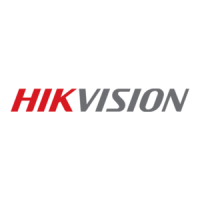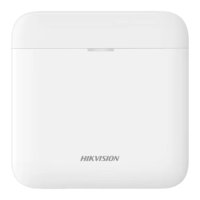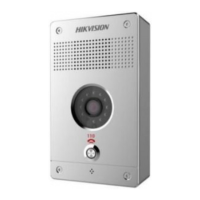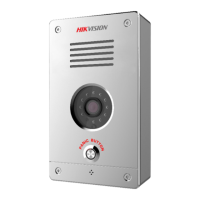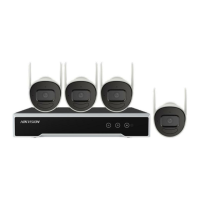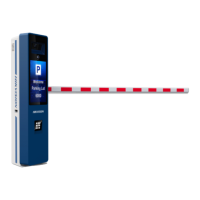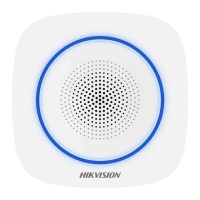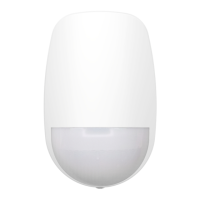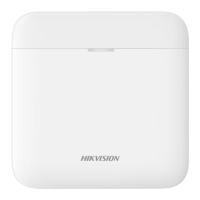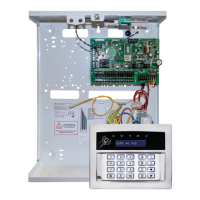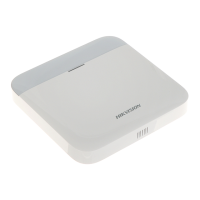Do you have a question about the HIKVISION MV-PD030001-01 and is the answer not in the manual?
| Model | MV-PD030001-01 |
|---|---|
| Manufacturer | HIKVISION |
| Aperture | F2.0 |
| Panoramic View | 360° |
| Shutter Time | 1/25 s to 1/100, 000 s |
| Wide Dynamic Range | Digital WDR |
| Digital Noise Reduction | 3D DNR |
| Device Type | Network Camera |
| Field of View | Horizontal field of view: 180°, Vertical field of view: 180° |
| Video Compression | H.265, H.264, MJPEG |
| Bit Rate | 32 Kbps to 16 Mbps |
| Network Interface | RJ45 10/100 Mbps Ethernet |
| Protocol | TCP/IP, HTTP, HTTPS, FTP, DHCP, DNS, DDNS, RTP, RTSP, RTCP, NTP, UPnP, SMTP, SNMP, IGMP, 802.1X, QoS, IPv6, Bonjour |
| Power Supply | PoE (802.3af) |
| Interface | RJ45 |
Details FCC compliance and conditions for equipment operation.
Outlines compliance with European standards and directives for product recycling.
States compliance with Canadian standards for digital device operation.
Provides a general overview of the UVSS and its capabilities for scanning vehicles.
Details the key features of the UVSS, including its optical, detection, and environmental capabilities.
Describes the physical structure and main components of the UVSS.
Lists and explains the essential technical parameters of the UVSS.
Explains the operational workflow of the UVSS during vehicle detection and image capture.
Illustrates the overall system topology and how components connect.
Lists and describes the individual modules that make up the UVSS.
Describes the line scan camera module for undercarriage scanning.
Explains the function and features of the speed detection module.
Details the trigger module's modes and operational principles.
Describes the LED module used for illuminating the undercarriage.
Provides guidance on connecting the main body of the UVSS to the control cabinet.
Instructs users to disable the Windows firewall for optimal client performance.
Provides an overview of the Hikvision Vehicle Detection System client software.
Explains the purpose and core functions of the client software.
Highlights the key features and benefits of the client software.
Lists the necessary hardware and software specifications for running the client.
Provides step-by-step instructions for installing the required software components.
Details the graphical user interface of the client software.
Explains the layout and functionality of the main client interface.
Describes the options available in the software's menu bar.
Explains how to adjust image display proportions and settings.
Covers the tools available for settings, image editing, and printing.
Guides users on how to search for vehicle records and images.
Explains how to connect, configure, and manage connected devices.
Outlines the options for accessing help and software information.
Discusses additional support and development options for the system.
Describes how to access vehicle images remotely through a web browser.
Explains the Software Development Kit (SDK) for custom integration and development.
